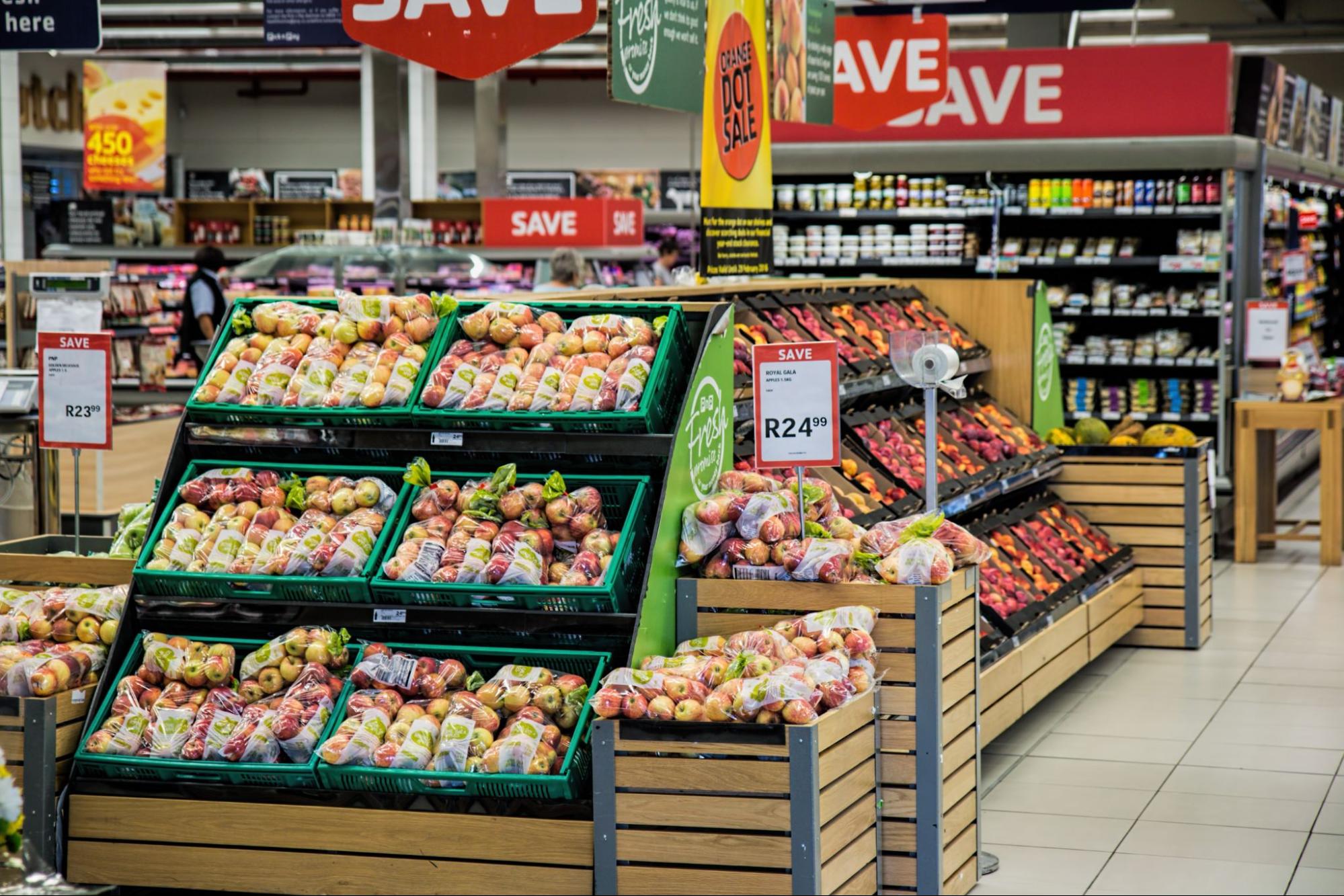
Transform Your Supply Chain Planning and Marketing Strategies with Google Cloud and SAP Integration

Transform Your Supply Chain Planning and Marketing Strategies with Google Cloud and SAP Integration
June 6, 2024 | Premangsu Bhattacharya
Blog / Navigating the Food Supply Chain in 2024: The Biggest Challenges and How to Overcome Them
From macroeconomic instability to natural disasters like the recent Houston storm to shifting consumer demands and fierce competition, the food and beverages industry stands at a critical juncture. These factors are converging to create an environment where traditional supply chain strategies are no longer sufficient. Companies face unprecedented pressure to maintain the quality and freshness of their products, manage supply chain disruptions, and stay ahead of the competition.
In such a landscape, the margin for error is slim. A single misstep in forecasting demand, managing inventory, or responding to disruptions can lead to significant financial losses and a tarnished brand reputation.
To effectively tackle these challenges, it is imperative for companies to adopt a data-driven approach. Leveraging the capabilities of AI and Generative AI can provide the much-needed edge to not just survive but thrive in this competitive environment. AI can transform vast amounts of data into actionable insights, helping companies make informed decisions, optimize their operations, and anticipate future trends.

The freshness of perishable products is a constant challenge. Perishables have a limited shelf life, and maintaining their quality from farm to table involves a complex interplay of factors. Every stage, from harvesting and processing to storage and transportation, must be meticulously managed. For example, a slight deviation in storage temperature can accelerate spoilage, leading to significant losses. This requires precise coordination and real-time monitoring to ensure that products remain fresh and safe for consumption.

The increasing frequency and severity of extreme weather events pose significant risks to the food supply chain. Events such as floods, hurricanes, droughts, and extreme temperatures can disrupt production, damage crops, and halt transportation routes. These disruptions not only lead to immediate losses but also create long-term challenges in rebuilding infrastructure and restoring normal operations. The unpredictability of these events makes it difficult for companies to plan and respond effectively, often resulting in shortages and increased costs.

Material shortages, particularly of essential raw materials, have become more common. Geopolitical tensions, trade restrictions, and natural disasters can all contribute to these shortages, affecting everything from packaging materials to key ingredients. These shortages can halt production lines, leading to product unavailability and higher costs. Companies are forced to seek alternative materials, which may not always meet quality standards or could be more expensive, further squeezing profit margins.

Large variations in demand are a perpetual challenge in the food industry. Seasonal trends, economic conditions, and unexpected events like pandemics can cause significant fluctuations in consumer demand. During high demand periods, companies may struggle to keep shelves stocked, leading to lost sales and customer dissatisfaction. Conversely, during low demand periods, excess inventory can build up, resulting in waste and financial losses. Managing these fluctuations requires accurate demand forecasting and agile supply chain operations.

The distribution networks for food products are inherently complex, especially when dealing with perishable items. Ensuring that products maintain their quality from production to consumption involves meticulous planning and coordination across multiple stages, including transportation, storage, and handling. Any disruptions in the distribution network can lead to delays, spoilage, and significant financial losses. Compliance with stringent food safety regulations adds another layer of complexity, requiring companies to implement robust logistics strategies.
To effectively tackle the challenges of maintaining freshness and optimizing the food supply chain, companies must leverage AI and Generative AI to integrate production, inventory, and routing decisions.
Integrating production, inventory, and routing decisions is crucial for several reasons:
To integrate data across production, inventory, and routing effectively, companies need decision intelligence platforms that can tap into data from various sources and help optimize decisions through advanced analytics and predictive capabilities.
Pluto7’s decision intelligence platforms, built on Google Cloud, utilize Gen AI agents to enable end users to talk to their data. For instance, in scenarios like an impending weather disruption, a supply chain manager can query, “What adjustments are needed for inventory and routing?” and receive actionable insights within seconds. This rapid decision-making capability not only saves critical time but also allows cross-functional teams—such as procurement, to reassess inventory needs and sales to update delivery expectations.
If you are keen to understand the applications of AI and Gen AI within your existing infrastructure, join our workshop to explore tailored solutions for your business. Contact us today to schedule your session and start transforming your supply chain with cutting-edge technology.
ABOUT THE AUTHOR